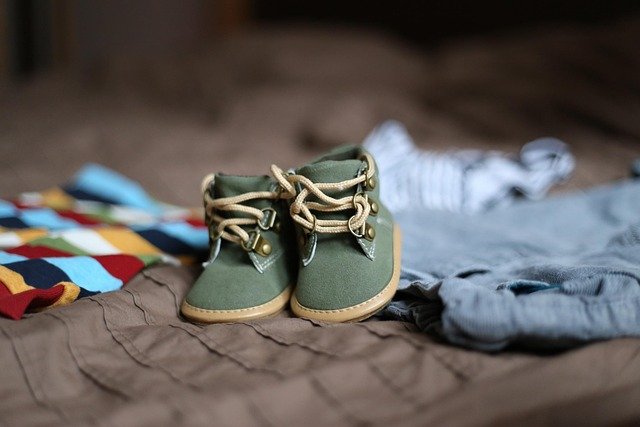Practical Guide to Kids and Baby Clothing
Choosing clothing for children involves more than style. Parents and caregivers balance comfort, safety, durability, ease of cleaning, and cost when selecting items for babies and kids. This guide explains how fabric choices, sizing, and practical features affect everyday use, and offers clear guidance on cotton and other common materials. Whether you’re building a newborn layette or refreshing a toddler’s wardrobe, understanding these basics helps you make informed choices that suit family routines and local services.

Choosing clothing for infants and toddlers
Infants and toddlers need clothing that prioritizes comfort and quick changes. Look for simple closures such as snaps or zippers with protective fabric flaps, and designs that allow easy access for diaper changes. Stretchy necklines and envelope shoulders on onesies make dressing newborns less fussy. For toddlers, reinforced knees, elastic waistbands, and adjustable cuffs add durability and a better fit as they grow. Consider season-appropriate layers so you can add or remove pieces as temperatures change.
How to dress your baby safely
Safety is a key consideration when selecting baby clothing. Avoid loose drawstrings, long sashes, or small detachable decorations that could pose choking hazards. Choose flame-resistant sleepwear for infants who do not wear snug-fitting garments; alternatively, select snug-fitting clothing made of appropriate materials. Ensure garments fit properly rather than being overly large, which can bunch or obstruct movement. Inspect clothing regularly for loose buttons or seams and follow manufacturer care instructions to maintain fabric integrity and safety features.
What kids need in a practical wardrobe
A practical kids’ wardrobe balances versatile basics with a few occasion-specific pieces. Essentials include several bodysuits or tees, pants with elastic waists, a light jacket, and a durable pair of play clothes for messy activities. Seasonal items such as waterproof outerwear, sun-protective hats, and warm layers should be added according to climate. Prioritize machine-washable fabrics and colors that hide stains for everyday wear. Rotating clothing by size and condition helps manage hand-me-downs and local services like alterations or repairs when needed.
How fabric affects comfort and durability
Fabric choice influences how comfortable and long-lasting a garment will be. Natural fibers like cotton are breathable and gentle on skin, while blends with synthetic fibers can improve stretch and durability. Heavier knit fabrics and reinforced stitching extend the life of play clothes, especially for active kids. Consider fabric weight and weave—lightweight fabrics suit warm weather and layering, whereas denser weaves provide wind resistance and warmth. Also check care labels: some fabrics require delicate washing or low-heat drying to avoid shrinkage and preserve shape.
Why cotton is common for baby clothing
Cotton is widely used in baby clothing because it’s soft, breathable, and typically well tolerated by sensitive skin. It wicks moisture reasonably well, reducing the risk of chafing and irritation. Organic cotton options reduce exposure to certain pesticides used in conventional farming, which some caregivers prefer, though organic labeling varies by region. Cotton’s versatility allows it to be knitted into stretchy onesies or woven into sturdier items like pants and shirts. Keep in mind that 100% cotton can shrink if washed and dried on high heat, so follow care instructions for longevity.
Conclusion
Selecting clothing for babies and kids is a practical process that blends safety, fabric performance, and everyday convenience. Focus on well-fitting garments with secure closures, choose fabrics suited to your climate and washing habits, and prioritize pieces that withstand play and frequent laundering. Understanding the differences between materials like cotton and blends helps you choose items that are comfortable for children and manageable for caregivers. Thoughtful choices reduce wardrobe turnover and support a simpler routine for family life.






